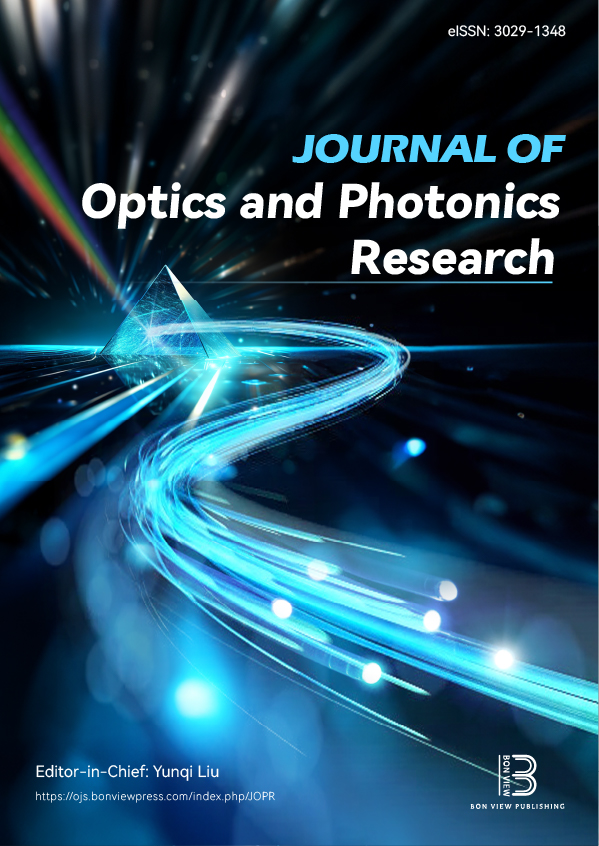Theoretical Studies on γ-Photon/Neutron Shielding Characteristics of RE3+Co-Doped Borate, Phosphate, and Silicate Glass Systems
DOI:
https://doi.org/10.47852/bonviewJOPR42022412Keywords:
co-doped RE-shielding glasses, attenuation coefficient, equivalent-atomic number, buildup factors, penetration depthAbstract
The Phy-X program software was used to investigate the γ- and neutron shielding properties of trivalent rare earth co-doped borate-, phosphate- and silicate glasses (G1-G10) concerning elemental composition and density. The attenuation coefficients (μ/ρ and μ), half/tenth value layer (HVL and TVL), and mean free path (MFP) were calculated, and each revealed the influence of rare earth including the Pb, Ba, and Bi elements. Energy and compositional dependent effective atomic number (Zeff), effective electron density (Neff), and effective electron conductivity (Ceff) of all the glasses were studied. On the high-density glasses G6, G9, and G10, the HVL and TVL values are projected to be lower than on the other examined glasses. The neutron radiation shielding abilities of the studied glasses were investigated by determining removal cross-section (RCS). The results were compared to those of commercially available materials such as concrete, graphite, water, and Hematite-serpentine concrete. The γ-ray exposure buildup and energy absorption factor values (EBF/EABF) of glass samples were determined in the energy range of 0.015 to 15 MeV.
Received: 2 January 2024 | Revised: 9 April 2024 | Accepted: 15 May 2024
Conflicts of Interest
The authors declare that they have no conflicts of interest to this work.
Data Availability Statement
Data sharing does not apply to this article as no new data were created or analyzed in this study. All data are provided already as Tables and Figures.
Author Contribution Statement
Murugasen Priya: Conceptualization, Methodology, Writing – review & editing, Supervision, Project administration, Funding acquisition. A. Antony Suresh: Software, Formal analysis. M. Dhavamurthy: Validation, Writing – original draft. A. V. Deepa: Resources.
Downloads
Published
Issue
Section
License
Copyright (c) 2024 Authors

This work is licensed under a Creative Commons Attribution 4.0 International License.
How to Cite
Funding data
-
Board of Research in Nuclear Sciences
Grant numbers 59/14/07/2020-BRNS/10096


